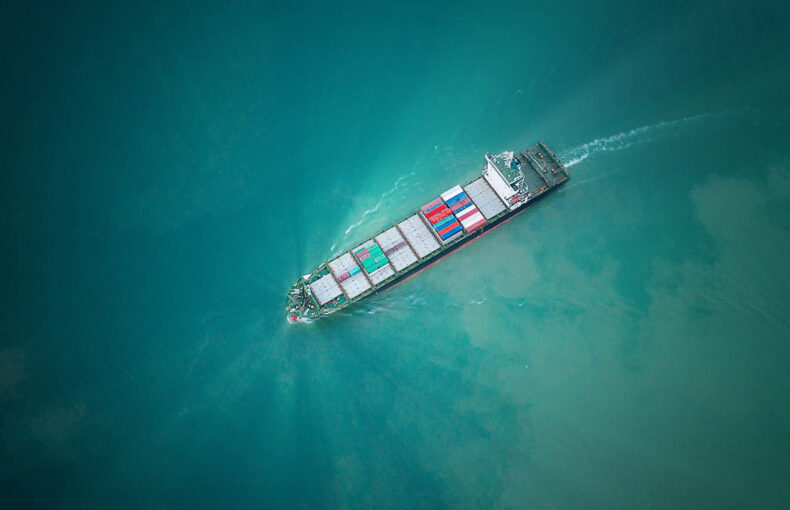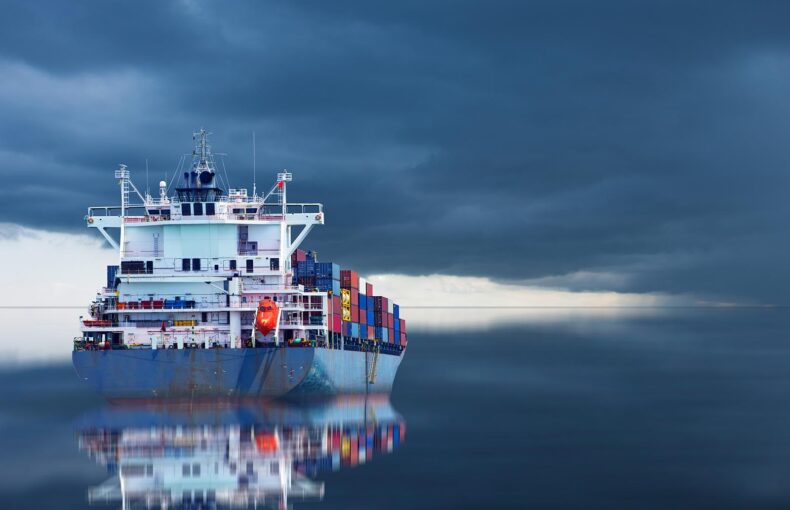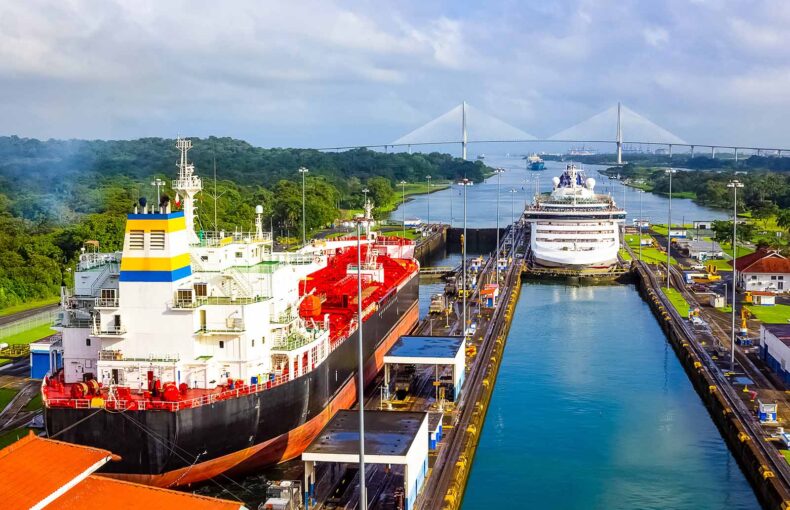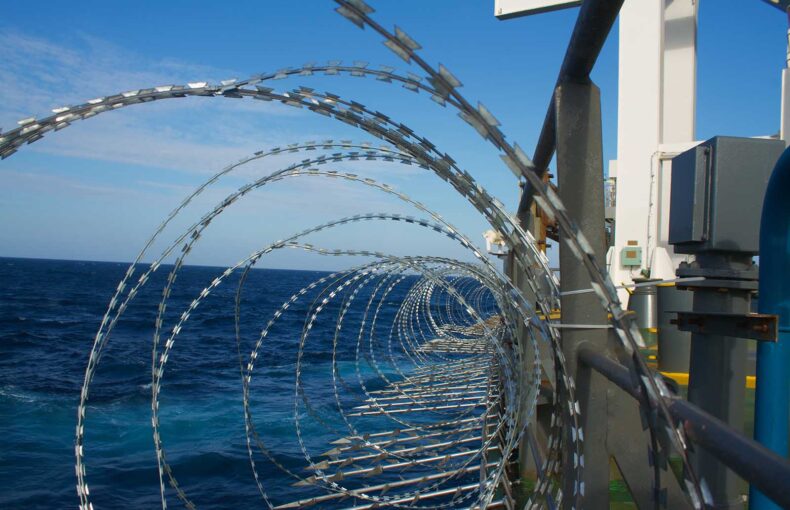The Canadian Coast Guard: Celebrating 60 Years of Service While Navigating a Bright Future
From coast to coast, sailors and boaters have had someone to rely on in times of confusion or danger.
On January 26th, the Canadian Coast Guard was celebrated across the nation for its six decades of service. The Canadian Coast Guard provides a variety of maritime services that help maintain the safety of sailors along with the waters themselves.
Their presence over the past 60 years has been instrumental in helping vessels safely reach their destinations, search-and-rescue missions, and environmental protection. To say that the Canadian Coast Guard has been a success would be an understatement.
From Just a Lifeboat to the Canadian Coast Guard
The Canadian Coast Guard was formed in 1962 after The Honorable Leon Balcer, Minister of Transport, made the announcement that the Department of Transport fleet ships would become the Canadian Coast Guard. A few years later, in 1965, the CCG college officially opened, which began offering Marine Engineering and Navigation Officer training programs.
Even though the Canadian Coast Guard started in 1962, its roots stem back to 1700. That was when the first informal government lifeboat and light stations were established in Eastern Canada. During the next century, the first fishery patrol ships began appearing along the eastern seaboard near Nova Scotia, leading the Canadian federal government to establish the Department of Marine and Fisheries. In the next few decades, organizations began requesting the presence of a national coast guard, which is what led to the creation of the Canadian Coast Guard.
The Canadian Coast Guard eventually entered a period of growth as the 1980s approached; outdated ships were replaced while numerous ships were added to its fleet. The decision to expand the fleet paid off as the Canadian Coast Guard is responsible for the largest coastline of any country on the globe.
What Does the Canadian Coast Guard Do?
The Canadian Coast Guard has a myriad of responsibilities. From ensuring the safe passage of marine traffic to providing necessary services to ordinary citizens, they ensure Canadian waters are safe for everyone to use. Some of these services include:
- Search and Rescue: The Canadian Coast Guard is responsible for search-and-rescue missions that take place from the US border to the North Pole, the Atlantic Ocean to 30 degrees west longitudinal, and the Pacific Ocean to roughly 600 miles west of Vancouver Island. They maintain an impressive 30-minute or less reaction time standard during their operational season, which is determined by the presence of ice. Annually, the Canadian Coast Guard responds to more than 6,000 calls for assistance.
- Environmental Response: The Canadian Coast Guard’s Environmental Response program is focused on decreasing the impact marine pollution spills have on public safety, the economy, the environment, and culturally significant sites. The Canadian Coast Guard is also responsible for emergency planning. This is critical for conducting response efforts to oil spills.
- Icebreaking: Icebreaking is one of the most important aspects of the mission of the Canadian Coast Guard. During the winter months especially, icebreaking is a necessity for the safe, efficient flow of maritime traffic throughout canadian waters. The Canadian Coast Guard is also responsible for reducing the effects of flooding caused by ice jams along major waterways, including the St. Lawrence River.
- Maritime Communication and Traffic Services: The Canadian Coast Guard has 12 Marine Communications and Traffic Services (MCTS) centers throughout Canada that provide numerous services. Those services include safety radio-communication services, vessel traffic services and regulation, a screening of vessels entering Canadian waters, and a 24/7 commercial marine telephone call service.
- Maritime Security: The Maritime Security Branch of the Canadian Coast Guard supports national security in a variety of ways. Some of them include enhancing awareness of potential maritime security threats, supporting on-the-water law enforcement and responsiveness using their fleet, along with a variety of vessel-monitoring systems. They also directly collaborate with departments and agencies in the local maritime security community.
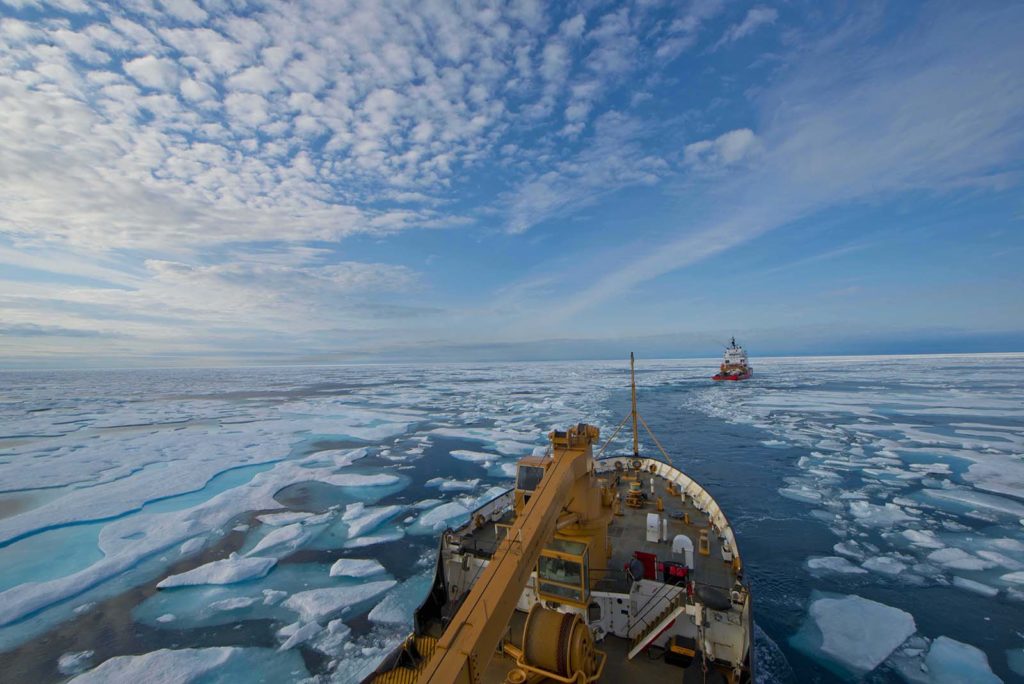
Among the most crucial resources in helping the Canadian Coast Guard achieve its mission is maritime AIS data. Providing insights such as position, course, heading, and speed, maritime AIS data is a powerful tool for maritime domain awareness and allows the Canadian Coast Guard to strengthen their efforts in search-and-rescue missions, environmental protections, and illegal fishing monitoring, as well as defense and security efforts. Access to maritime AIS data provides the Canadian Coast Guard with the ability to efficiently allocate their resources properly while achieving the fastest response time possible.
Oil and Environmentalism
The impact of the Canadian Coast Guard from an environmental standpoint can’t be overstated. During the nation’s largest oil spill in 1970, the SS Arrow spilled approximately 10 million liters of fuel oil off the coast of Nova Scotia. Although much of the cleanup was thought to have been completed, a small leak in August of 2015 led to the discovery of a remaining 20,000 liters still on board. In total, crews ended up cleaning more than 30,000 liters of spilled oil from the site. Without the Canadian Coast Guard, there’s no telling what kind of damage the oil could have done to the local ecosystem.
The most recent oil spill of note took place during 2016. The Nathan E. Stewart sank during the fall of 2016, causing at least 110,000 liters of diesel fuel to spill into the ocean. The Canadian Coast Guard was forced to manage uncooperative weather conditions in order to get the spill cleaned up and recover the vessel. Crews were able to do so in just over a month.
The men and women who serve on the Canadian Coast Guard are vital to the organization’s mission. Numerous members have been recognized for their efforts in valor, bravery, and search and rescue by the Canadian government throughout the years. The importance of the Canadian Coast Guard over the years will only continue to grow as time goes on.
From Technicians to Commanding Officers
Properly celebrating the 60th anniversary of the Canadian Coast Guard wouldn’t be possible without acknowledging its members at every level. Doing so starts with understanding its unique structure. In fact, there are certain aspects of the Canadian Coast Guard that are particularly important to highlight. For instance, the Canadian Coast Guard is a civilian force that has no affiliation with the Canadian military; they are referred to as a paramilitary force. It is important to recognize that the Canadian Coast Guard has no reserve force. Instead, the Canadian Coast Guard has an auxiliary unit known as the Canadian Coast Guard Auxiliary (CCGA). Their rank structure is different from the typical structure of paramilitary organizations. Canadian Coast Guard rankings on vessels from bottom to top are:
- Crew – Logistics
- Crew – Engine Room
- Crew – Deck
- Officers
- Commanding Officer
When stationed onshore, Canadian Coast Guard rankings are a little more robust. They include:
- Electronics Technologist
- Engineer
- Marine Communications
- Administrations
- Senior Command
The roles and responsibilities that fall under each of the rankings are different depending on whether they are stationed on vessels or in land locations. Some of the roles that are common amongst crew on vessels include assistant cooks, waiters, stewards, clerks, technicians, and deckhands. Members of the Canadian Coast Guard who are stationed on land are likely to be project engineers, tech engineers, or analysts of human resources, communications, or finance. Senior command roles for onshore Canadian Coast Guard Stations include commissioner, deputy commissioner, director general fleet services, and superintendent. The Canadian Coast Guard has an impressive total of 96 stations located throughout the nation. Wherever they happen to be stationed, each member of the Canadian Coast Guard plays an enormous role in helping to serve those traveling in Canadian waters.
The Future Looks Bright for the Canadian Coast Guard
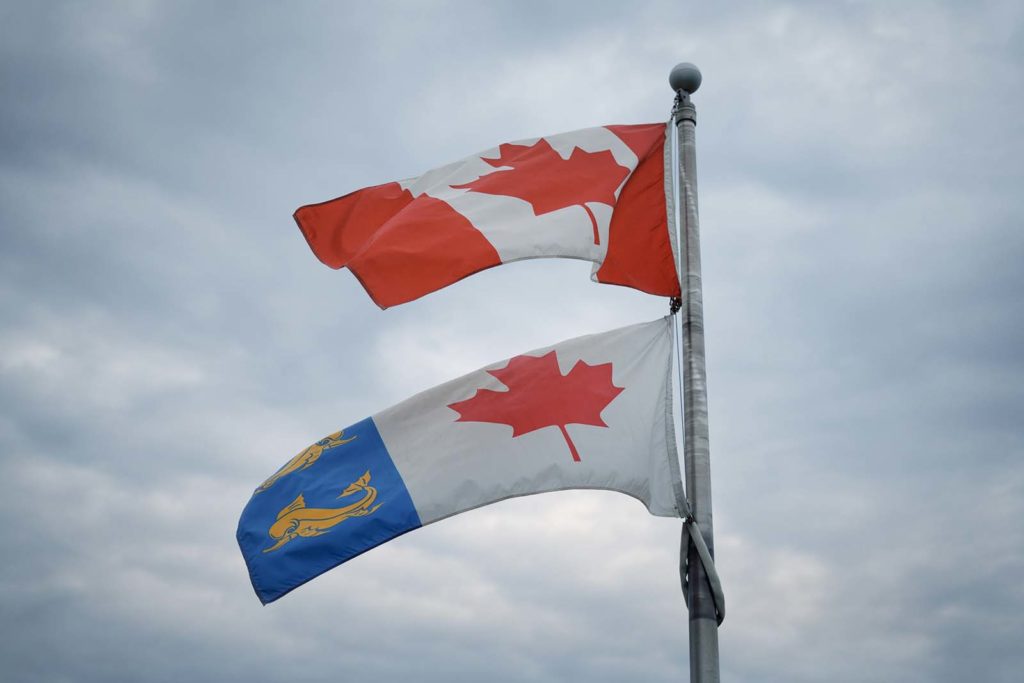
It is clear that the responsibilities of the Canadian Coast Guard are monumental and have a direct impact on the future of the nation as a whole. That’s the case from both an ecological and an economic standpoint. From ensuring that shipping containers reach their destinations in a timely fashion with coordinated icebreaking methods to coordinating responses to marine pollution incidents, the impact they have on Canadian society at large is tremendous.
During their 60th anniversary, we not only celebrate the Canadian Coast Guard but also look ahead at the promising future to come. By regularly making fleet updates and leveraging the latest in maritime technology solutions, there’s no doubt that the Canadian Coast Guard will continue to make great strides and will carry on its profound legacy.
 Written by
Written by